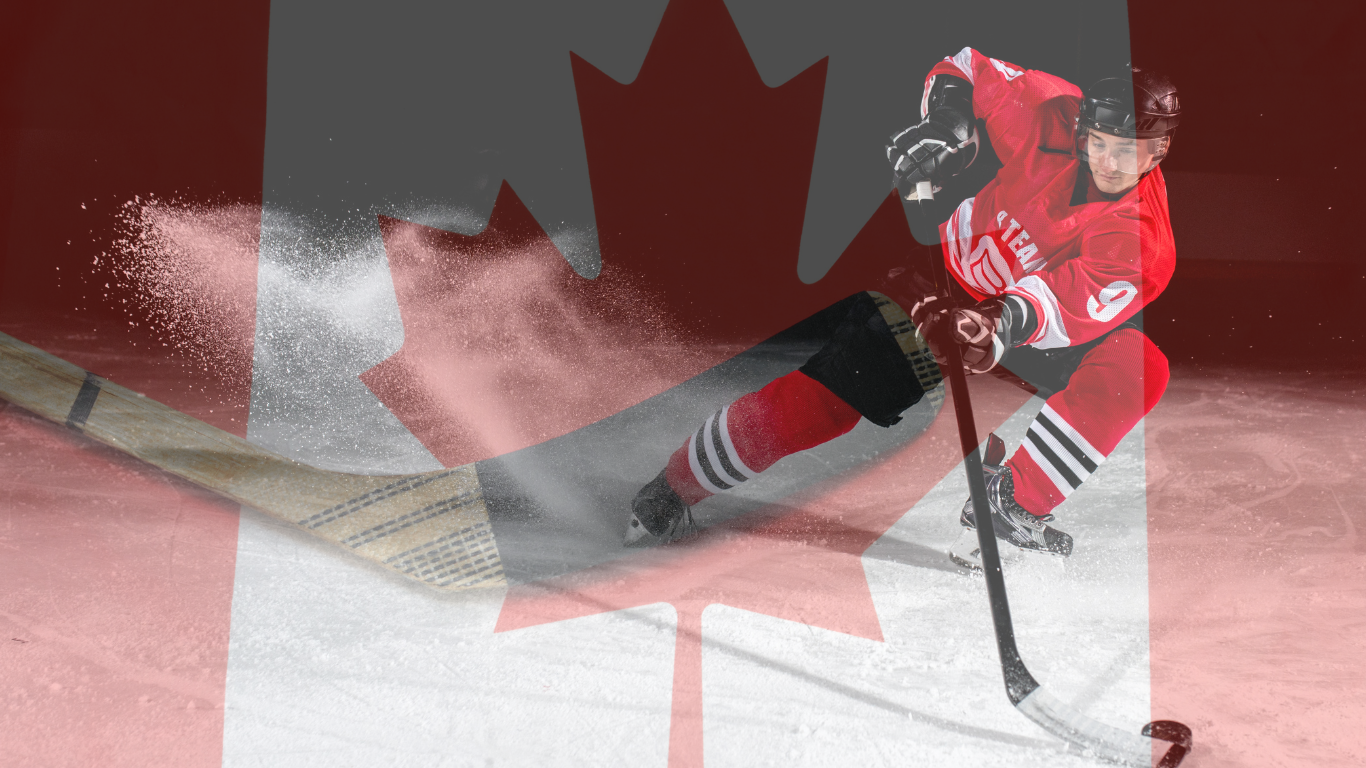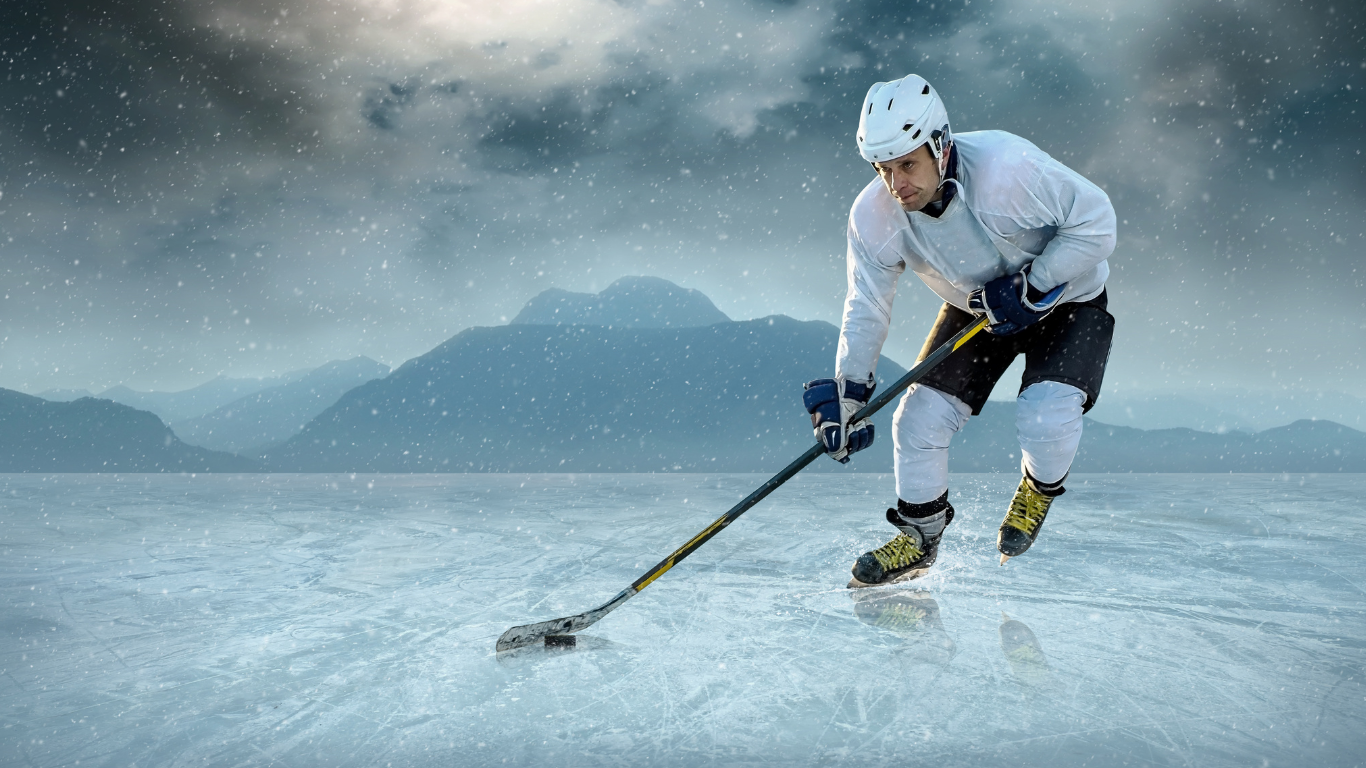Hockey is quite a physical sport. Even more so than other contact sports in many cases. Between all the collisions, injuries, fighting, and daily wear and tear on the body, you might be wondering how long an NHL player’s career can usually last.
You might be surprised to find out that the average length of an NHL career is 5 years. Although this might seem pretty short, especially when you take into consideration the length of some of the longest careers, you have to remember that many careers are cut short by injury, and the league is quite competitive so some players just can’t play at the highest level for very long.
In this article, we’ll look into the average length of NHL careers, what usually ends them, and other fun facts about NHL career length.
What is the most common reason for NHL careers to end?

There are a number of reasons that NHL players most commonly retire. Many different things can take you out of the game.
Firstly, many players just become physically incapable of playing anymore. As mentioned above, hockey is an extremely physical sport. Between the contact, fighting, ice skating, and other physically demanding tasks, it takes a huge toll on the body of the player.
Whether it be from one large injury or many smaller ones over a long period of time, hockey players often have to quit because their bodies quit first.
Another reason many hockey players retire early is that they feel they’ve made enough money, and don’t feel the need to play professionally anymore. Between time away from family, the 82 game schedule, the physical toll, and the traveling, being a professional hockey player can be absolutely grueling. That life isn’t for everyone, so many players retire for that reason as well.
Most players don’t play for a very long time in the NHL, due to the reasons listed above. 5-6 years can be considered the average. Most players are around 29 years old at this time, give or take a year depending on how old they were when they were drafted.
However, there are reasons that the average retirement age can vary.
Does average career length vary by position?
Yes! The average career length of an NHL player varies a bit from position to position. This is because different positions have different levels of types of daily physical demand.
For instance, according to Stick Handling Pro’s, forwards and defencemen have a ton of physical wear on their bodies, and tend to start breaking down in their late 20s to early 30s.
On the other hand, the goalie’s physical peak can be extended due to the nature of the position. Of course, it has different physical troubles, such as being very hard on the knees due to the unnatural squatting position that needs to be taken, but they are still usually able to last a bit longer than their non-goalie counterparts.
Who is the longest active NHL player?
According to hockey-reference.com, the longest active NHL player is Patrick Marleau. Playing from 1997 all the way until today, he has played for 24 years, which is ancient in hockey terms! This equals, at the moment, 1,179 games played. Marleau is age 41.
Marleau has played almost his entire career on the San Jose Sharks. However, he had a brief stint in Toronto as well as one year in Pittsburgh before returning to San Jose’s team.
What is the longest ever NHL career?
The longest ever NHL career, believe it or not, is also a record that belongs to Marleau. This should come as no surprise, as with modern medical technology and knowledge, it is much easier than it ever has been to extend the length of the careers of professional athletes.
How does the average NHL career compare to the length of careers in other leagues?
Obviously, compared to careers the rest of us have, professional hockey players, have fairly short careers. But how do they fare as compared with other professional athletes?
According to statista.com, the average length of an NFL career is 3.3 years. This is more than a year and a half shorter than that of an NHL player. However, there is a ton of variance when it comes to football players. Kickers and quarterbacks play for far longer than other positions, and collisions make career-ending injuries quite common.
NBA and MLB careers are around 4.5 and 5.5 years respectively. These are similar in length to that of hockey, although baseball careers tend to be a little bit longer.
What do most players do after they retire from the NHL?
There are a ton of different fields that players can go into after the NHL. While many players elect to leave the sport entirely, there are a ton of players who stay within the league in management positions, coaching positions, and other peripheral non-player roles.
This can be a tough transition for many, as coaching and playing are very different. However, many players who didn’t find success playing in the league do find it coaching or managing the team’s front offices.
Recap
So, there you have it. The average length of an NHL player’s career is about 5 years. This is about average for the length of a professional sports career. Hockey careers end for many reasons, but mostly because of injury, physical wear and tear, or inability to compete at the highest level.
Some players far surpass this average, with Patrick Marleau’s 24 years in the league with 1,779 games played at age 41 being easily the most notable.
Different positions play for different lengths of time on average, with goalies being the healthiest position on average, due to a lack of movement.
The physicality of this sport combined with its 82 game season makes for an extremely tough game, only able to be played by the toughest players. But that’s what we love about hockey.




